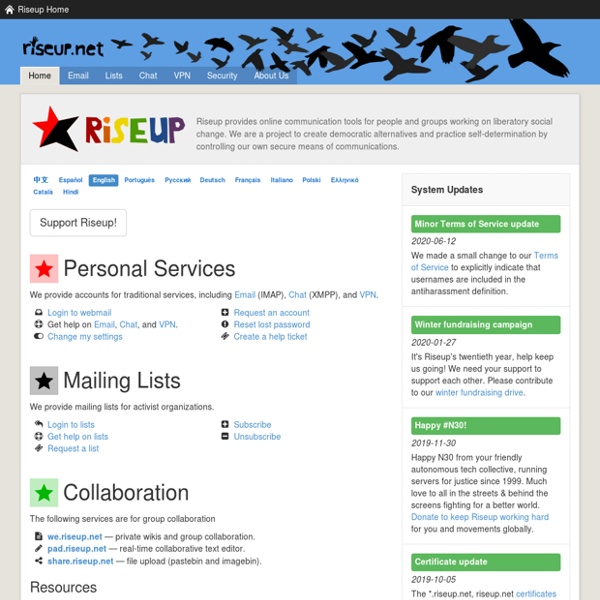



PGP word list The PGP Word List ("Pretty Good Privacy word list", also called a biometric word list for reasons explained below) is a list of words for conveying data bytes in a clear unambiguous way via a voice channel. They are analogous in purpose to the NATO phonetic alphabet used by pilots, except a longer list of words is used, each word corresponding to one of the 256 unique numeric byte values. History and structure[edit] The PGP Word List was designed in 1995 by Patrick Juola, a computational linguist, and Philip Zimmermann, creator of PGP.[1][2] The words were carefully chosen for their phonetic distinctiveness, using genetic algorithms to select lists of words that had optimum separations in phoneme space. The candidate word lists were randomly drawn from Grady Ward's Moby Pronunciator list as raw material for the search, successively refined by the genetic algorithms. Examples[edit] Each byte in a bytestring is encoded as a single word. topmost Istanbul Pluto vagabond References[edit]
SysSec: About Index of /archives/tgz Index of /archives/tgz Name Last modified Size Description dorkbot – Scan Google search results for vulnerability. – Security List Network™ LEGAL DISCLAMERThe author does not hold any responsibility about the bad use of this script, remember that attacking targets without prior concent its ilegal and punish by law, this script was build to show how resource files can automate tasks. dorkbot is a modular command-line tool for performing vulnerability scans against a set of webpages returned by Google search queries in a given Google Custom Search Engine. It is broken up into two sets of modules: + Indexers – modules that issue a search query and return the results as targets + Scanners – modules that perform a vulnerability scan against each target Targets are stored in a local database upon being indexed. Dependencies: + PhantomJS + Arachni + Wapiti + Python 2.7.x Usage: 1. Source:
PHP security exploit - list content of remote PHP file? Webmin 1.850 - Multiple Vulnerabilities [+] Credits: John Page (aka hyp3rlinx) [+] Website: hyp3rlinx.altervista.org [+] ISR: ApparitionSec Vulnerability summary The following advisory describes three (3) vulnerabilities found in Webmin version 1.850 Webmin “is a web-based interface for system administration for Unix. file sharing and much more. the console or remotely. The vulnerabilities found are: XSS vulnerability that leads to Remote Code Execution CSRF Schedule arbitrary commands Server Side Request Forgery Credit An independent security researcher, hyp3rlinx, has reported this vulnerability to Beyond Security’s SecuriTeam Secure Disclosure program Vendor response The vendor has released patches to address these vulnerabilities. Vulnerability details Under Webmin menu ‘Others/File Manager‘ there is option to download a file from a remote server ‘Download from remote URL‘. By setting up a malicious server we can wait for file download request then send a XSS payload that will lead to Remote Code Execution. domain=webmin-victim-ip. #e.g.
TCP/IP Fingerprinting Methods Supported by Nmap Nmap OS fingerprinting works by sending up to 16 TCP, UDP, and ICMP probes to known open and closed ports of the target machine. These probes are specially designed to exploit various ambiguities in the standard protocol RFCs. Then Nmap listens for responses. Dozens of attributes in those responses are analyzed and combined to generate a fingerprint. Every probe packet is tracked and resent at least once if there is no response. The following sections are highly technical and reveal the hidden workings of Nmap OS detection. Even the best of us occasionally forget byte offsets for packet header fields and flags. This section describes each IP probe sent by Nmap as part of TCP/IP fingerprinting. Sequence generation (SEQ, OPS, WIN, and T1) A series of six TCP probes is sent to generate these four test response lines. Each probe is a TCP SYN packet to a detected open port on the remote machine. These packets vary in the TCP options they use and the TCP window field value. Table 8.1.
Bugtraq: Multiple vulnerabilities in OpenText Documentum Content Server Bugtraq mailing list archives Multiple vulnerabilities in OpenText Documentum Content Server From: "Andrey B. Panfilov" <andrew () panfilov tel> Date: Sat, 14 Oct 2017 00:40:37 +1100 CVE Identifier: CVE-2017-15012 Vendor: OpenText Affected products: OpenText Documentum Content Server (all versions) Researcher: Andrey B. Attachment: CVE-2017-15276.pyDescription: Attachment: CVE-2017-15014.pyDescription: Attachment: CVE-2017-15013.pyDescription: Attachment: CVE-2017-15012.pyDescription: By Date By Thread Current thread:Multiple vulnerabilities in OpenText Documentum Content Server Andrey B.
Google Hacking Archives - Hacking Articles First login in your Gmail account than Go to google.com and search for what you want. You got the search results and you saw that domain which you don’t want to see again in your search results. Click the browser’s back button from the website, which will give you the previous search results, but this time you can see a new link as shown in below image. Manage your blocked sites by clicking on the above ‘Manage blocked sites’ link or log-in to google and accessing the reviews URL. In this way you can block (remove) a website from appearing in your Google search results. Then click on Search Settings and then scroll down to see manage blocked sites.